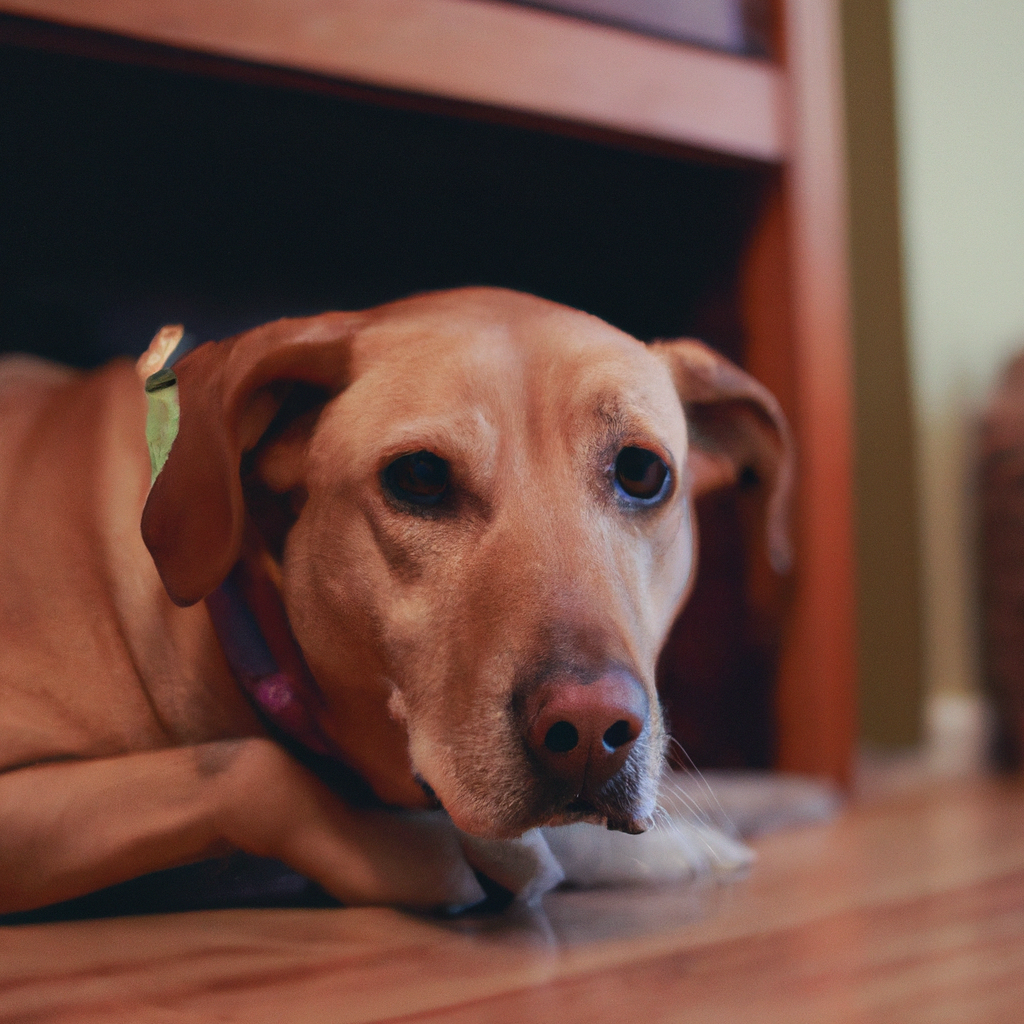Ever had that moment when your dog starts scratching like there’s no tomorrow? You’re not alone. Dog fleas are a menace that many pet owners face. They’re not just annoying; they can cause real problems for your furry friend. I’ve seen it all over my 20 years in the pet industry. It’s like a rite of passage for dog owners, a pesky problem that sneaks up on you when you least expect it. But fear not, because dealing with fleas doesn’t have to be a Herculean task. Let’s dive into some effective ways to tackle dog fleas and keep your pup happy and itch-free.
Identifying the Culprit
First things first, we need to know what we’re dealing with. Dog fleas are tiny, but they pack a punch. These little critters can jump up to 200 times their body length, making them excellent hitchhikers. You might notice your dog scratching more than usual, or you might spot little black specks on their fur. These specks are flea dirt, which is a polite way of saying flea poop. It’s gross, I know, but it’s a clear sign that fleas have made a home on your pet.
Once you’ve identified fleas, it’s time to act. You can start by giving your dog a good bath. Use a flea shampoo that’s gentle on your dog’s skin but tough on fleas. Be sure to lather up and let it sit for a few minutes before rinsing. After the bath, a flea comb can help remove any stragglers lingering in your dog’s coat. It’s a simple process, but it can make a world of difference.
Now, let’s talk about your home. Fleas don’t just live on your dog; they like to hang out in your house too. It’s important to vacuum regularly, especially in areas where your dog likes to chill. Wash their bedding in hot water to kill off any fleas and eggs that might be hiding there. Trust me, a little cleaning goes a long way.
Long-term Solutions and Prevention
After you’ve tackled the immediate problem, it’s time to think long-term. Prevention is key when it comes to dog fleas. There are various products out there, from topical treatments to oral medications. It’s all about finding what works best for you and your dog. Some folks swear by natural remedies, like essential oils or apple cider vinegar. They can be effective, but always double-check with your vet to make sure they’re safe for your dog.
Speaking of vets, regular check-ups are a great way to keep fleas at bay. Your vet can recommend treatments that fit your dog’s needs. Plus, they can catch any other issues early on. It’s like having a safety net for your pup’s health.
And don’t forget about the great outdoors. Fleas love to hang out in shady, damp areas. Keeping your yard tidy can help reduce the flea population. Trim the grass and clear any debris to make it less inviting for fleas. And if you’re feeling really proactive, there are treatments available for your yard too.
At the end of the day, dealing with dog fleas requires a bit of effort, but it’s worth it for the sake of your dog’s comfort and health. It’s all about finding a routine that works for you and sticking to it. You’ve got this!
So there you have it—dog fleas don’t stand a chance now that you’re armed with the right tools and know-how. Thanks for taking the time to read and learn about keeping your pup flea-free. Remember, your dog relies on you for their well-being, and you’re doing an amazing job. Keep up the good work, and may your days be full of happy, itch-free cuddles!
Our solution eradicates fleas on contact without harmful chemicals, ensuring a safe environment for your pets and family. Easy to use and highly effective, SayByeBugs helps you maintain a flea-free home. Learn more and order today at SayByeBugs.com
